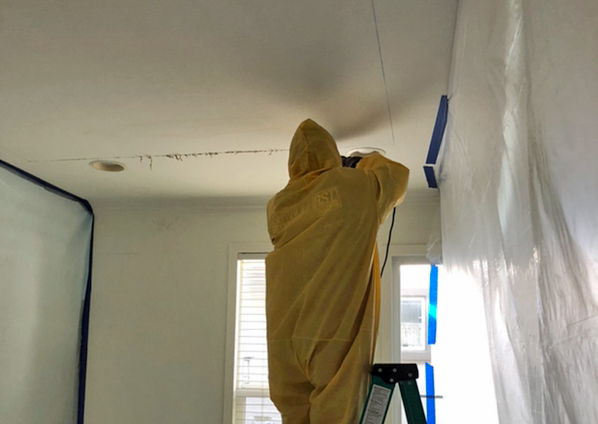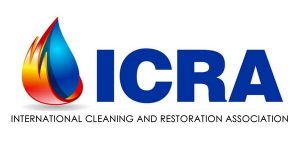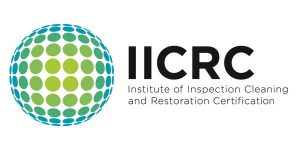
Water stain on the ceiling? Don’t ignore it — leaks rarely go away on their own. And there could be a lot worse going on above that ceiling. In the worst case, you could soon be facing a sagging, perhaps even collapsed, ceiling and a much higher repair bill.
The cause isn’t always a matter of needing roof repairs after a storm. It can simply due to age. Today’s roofing warranties often extend to 20 or even 30 years, but not so long ago they were much shorter. And there just might be some plumbing in your attic. Whatever the cause it doesn’t take a dripping ceiling to cause far more harm than just staining or a moldy spot. Even a slow leak can cause progressive, often completely hidden damage, ranging from cosmetic to the main structure.
Ceiling Signs
If you notice something on the ceiling there’s a good chance it’s one of the signs of water damage. That could be dampness, mold, water stains or spots, sagging, or bowing. Whatever you see from inside a room, there’s a good chance something above has also sustained water damage. Since water can trickle far from the original source, the problem might not be where you think it is.
Roof Leaks
There’s a lot of things that can cause a roof to leak that might not be obvious from a quick outside look. There are broken, missing, buckling, curling, and damaged shingles. But also numerous details such as flashing around chimneys, plumbing, and skylights. Haven’t cleaned your gutters? That can lead to rain backing up into the structure, even making its way into walls.
There can be a lot of damage before you notice anything within your home or business. Even when insulation and/or items in the attic have become soaked. So it’s a good idea to go up into the attic with a flashlight and look at the underside of the roof for dark patches, wet patches, mold, and ruined insulation. Not just on the roof decking itself, but also on beams and joists. Plus insulation and anything you may have stored up there. If it’s been a while since you purchased your home or business facility it may be time for a professional roof inspection.
TIP: Experiencing mysterious allergies or a faint musty smell you can’t track down? It might be mold in the attic.
Plumbing Leaks
A ceiling leak might the result of a plumbing failure. In some buildings, pipes are run overhead, especially as part of a re-route to fix a slab leak. Sometimes hot water heaters are located in an attic, as are central air conditioning units. Water heaters can leak, and AC units can have a condensation drain get clogged. If you have either of these it’s even more important to check the attic a few times each year.
Did You Know? Roof and attic leaks can cause a fire! The risk comes from wiring, ceiling lamps, and ceiling fans shorting out.
Dealing With Ceiling Water Damage
As with other types of damage, the main steps are eliminating the water source, drying everything out, and making repairs. It may also be necessary to sanitize, deodorize, and remove mold. For all but small problems, it’s important to have a professional inspection by a water damage restoration specialist like Service First to make sure everything’s taken care of promptly and properly.
Will insurance cover it? It should, so long as the damage wasn’t a result of negligence (such as ignoring visible roof damage or a damp ceiling).









